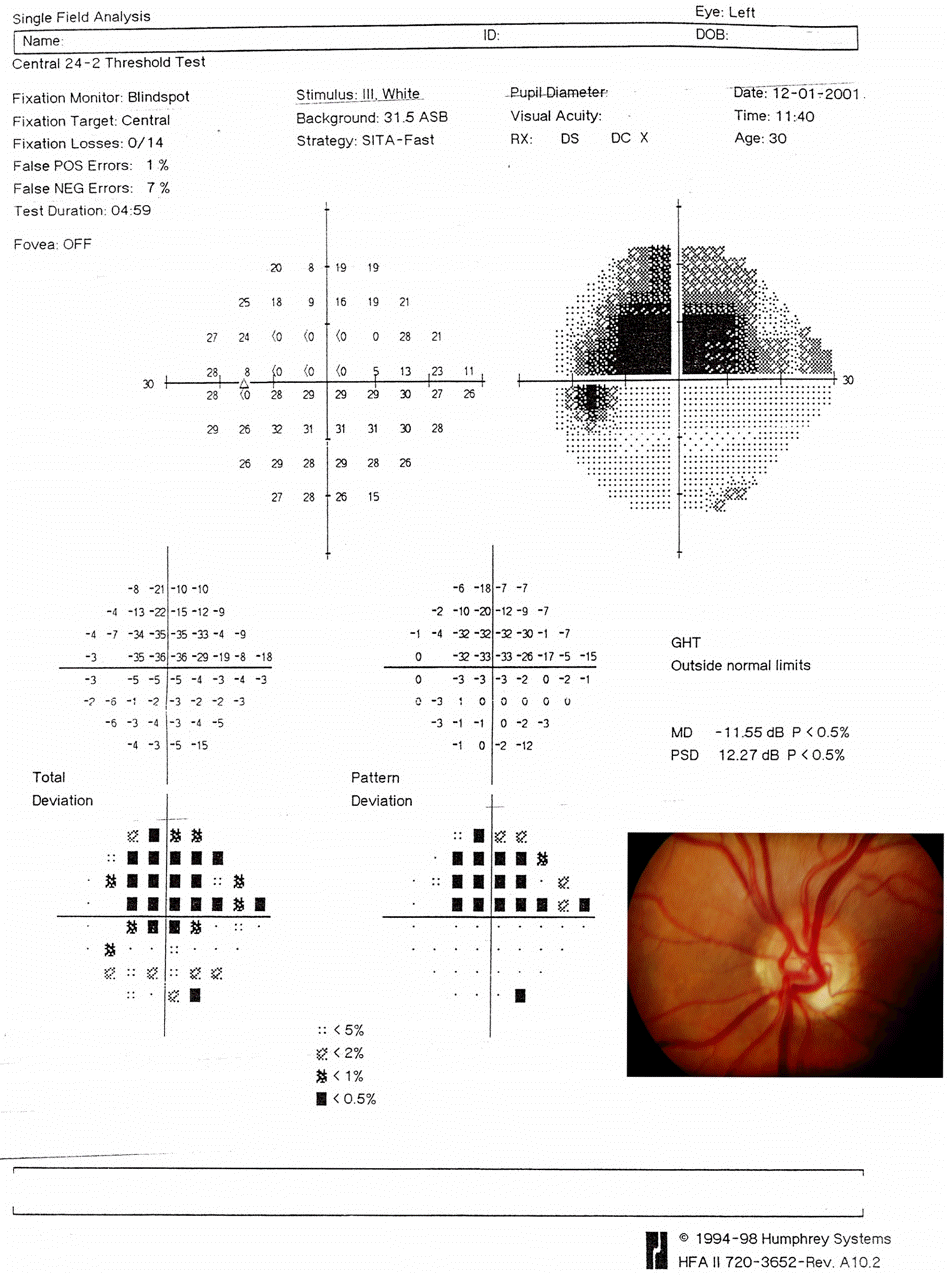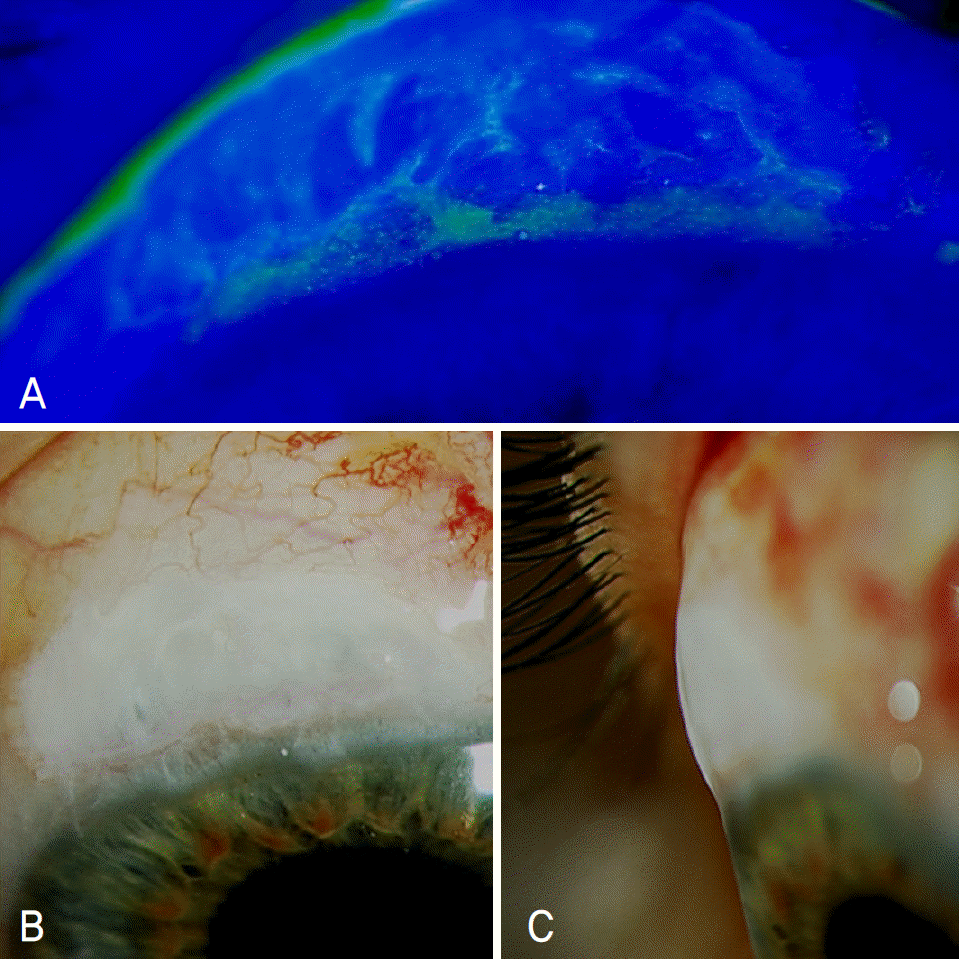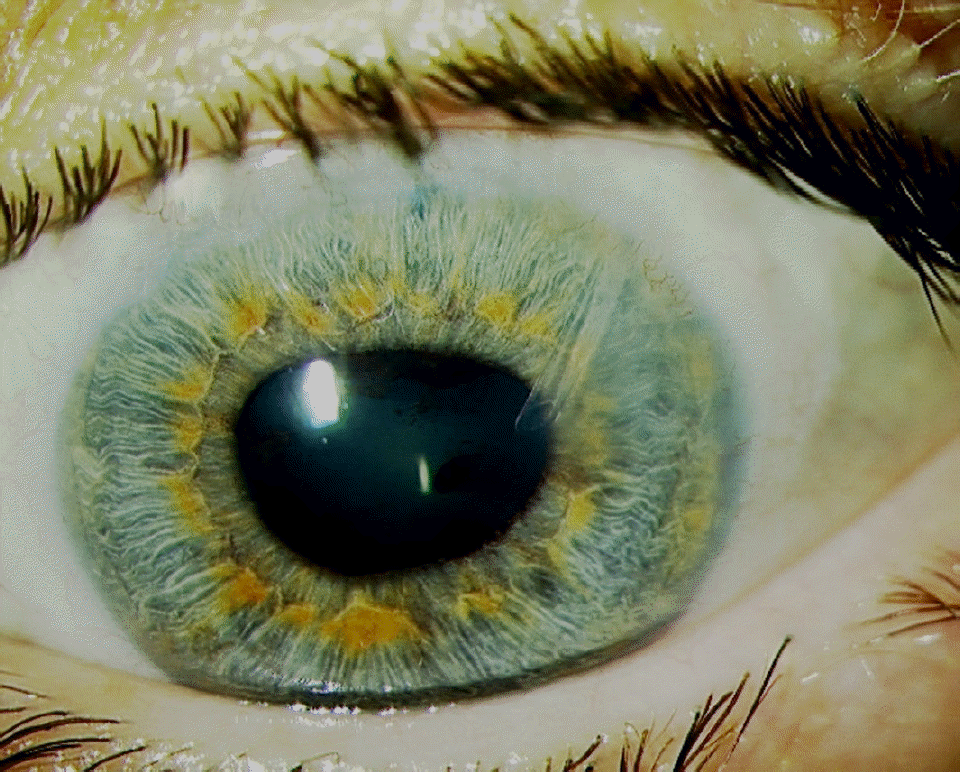Abstract
Purpose
To report a case of bleb dysesthesia successfully treated after Baerveldt tube implantation.
Case summary
A 37-year-old woman presented with a history of persistent foreign body sensation and pain in the left eye. The patient was referred to our hospital and was diagnosed as having had plateau iris syndrome. Having shown no improvement with conservative management, she eventually received trabeculectomy in the left eye six months prior to her current presentation. Under the impression of bleb dysesthesia, she received artificial tears and a bandage contact lens. These, however, failed to alleviate her symptoms. She then had a compression suture of the bleb and bleb revision. These were performed sequentially but neither was effective. Finally, a Baerveldt tube implantation was performed successfully, and, three months later, bleb revision was performed using a donor sclera, which resulted in no further complaint of ocular discomfort.
References
1. Hoskins H, Kass M. Becker-Shaffer's diagnosis and therapy of the glaucomas. 6th ed.St. Louis: Mosby;1989. p. 598–600.
2. Sherwood MB, Spaeth G. Complications of glaucoma therapy. New Jersey: Slack;1990. p. 283–91.
3. Stedman T. Stedman's medical dictionary. 26th ed.Baltimore: Lippincott Williams & Wilkins;2000. p. 551.
4. Budenz DL, Hoffman K, Zacchei A. Glaucoma filtering bleb dysesthesia. Am J Ophthalmol. 2001; 131:626–30.

6. Sanders R, MacEwen C, Haining WM. Trabeculectomy: effect of varying surgical site. Eye. 1993; 7:440–3.

8. Wells AP, Cordeiro MF, Bunce C, Khaw PT. Cystic bleb formation and related complications in limbus-versus fornix-based conjunctival flaps in pediatric and young adult trabeculectomy with mitomycin C. Ophthalmology. 2003; 110:2192–7.
9. El-Harazi SM, Fellman RL, Feldman RM, et al. Bleb window cryopexy for the management of oversized, misplaced blebs. J Glaucoma. 2001; 10:47–50.

10. Fink AJ, Boys-Smith JW, Brear R. Management of large filtering blebs with the argon laser. Am J Ophthalmol. 1986; 101:695–9.

11. Allingham RR, Damji KF, Freedman S, et al. Shields' Textbook of Glaucoma. 5th ed.Philadelphia: Lippincott Williams and Wilkins;2005. p. 619–20.
Figure 1.
Initial visual field test showing arcuate scotoma in the left superior visual field. Fundus image of the patient's left eye is also shown.





 PDF
PDF ePub
ePub Citation
Citation Print
Print




 XML Download
XML Download